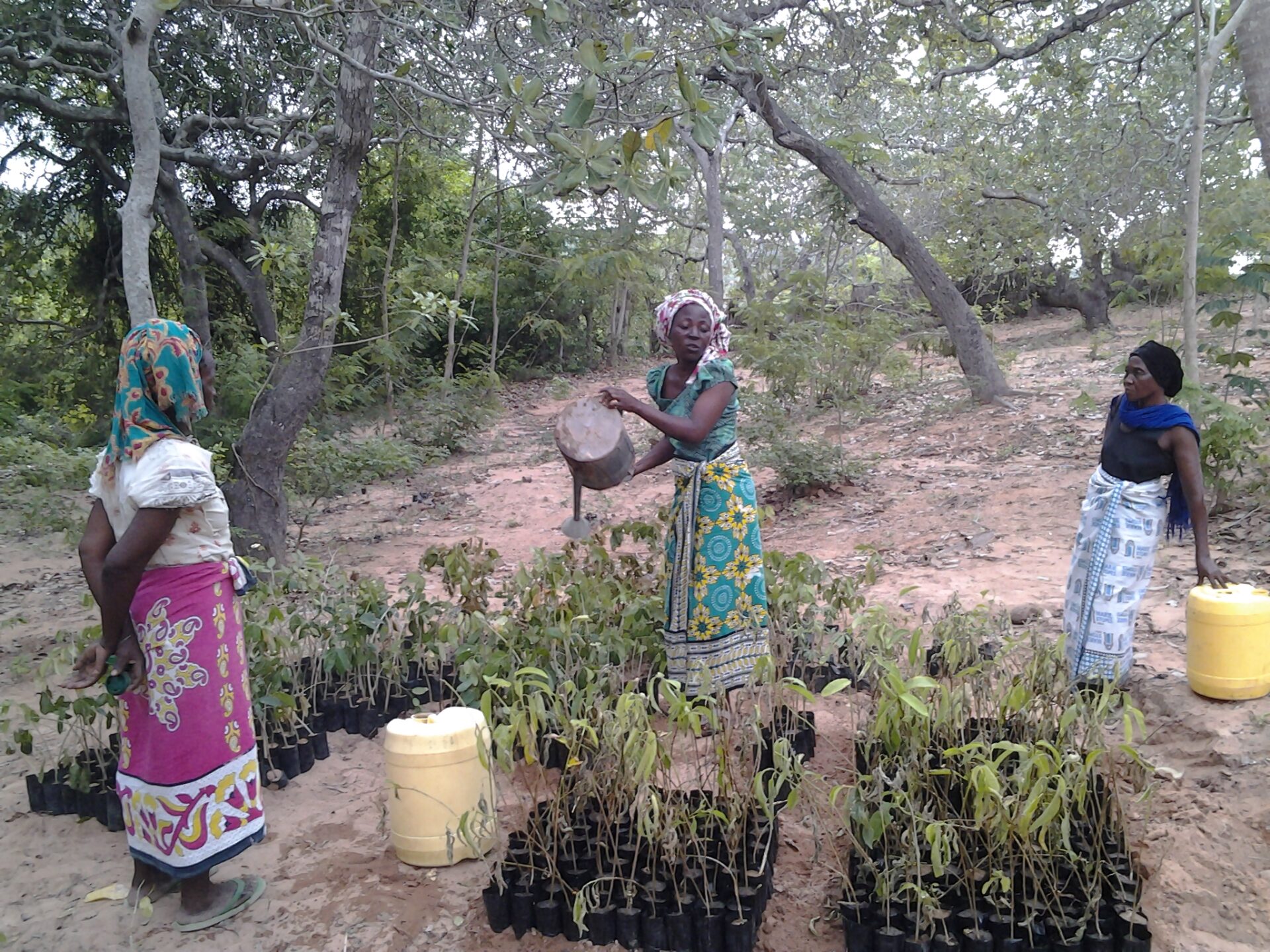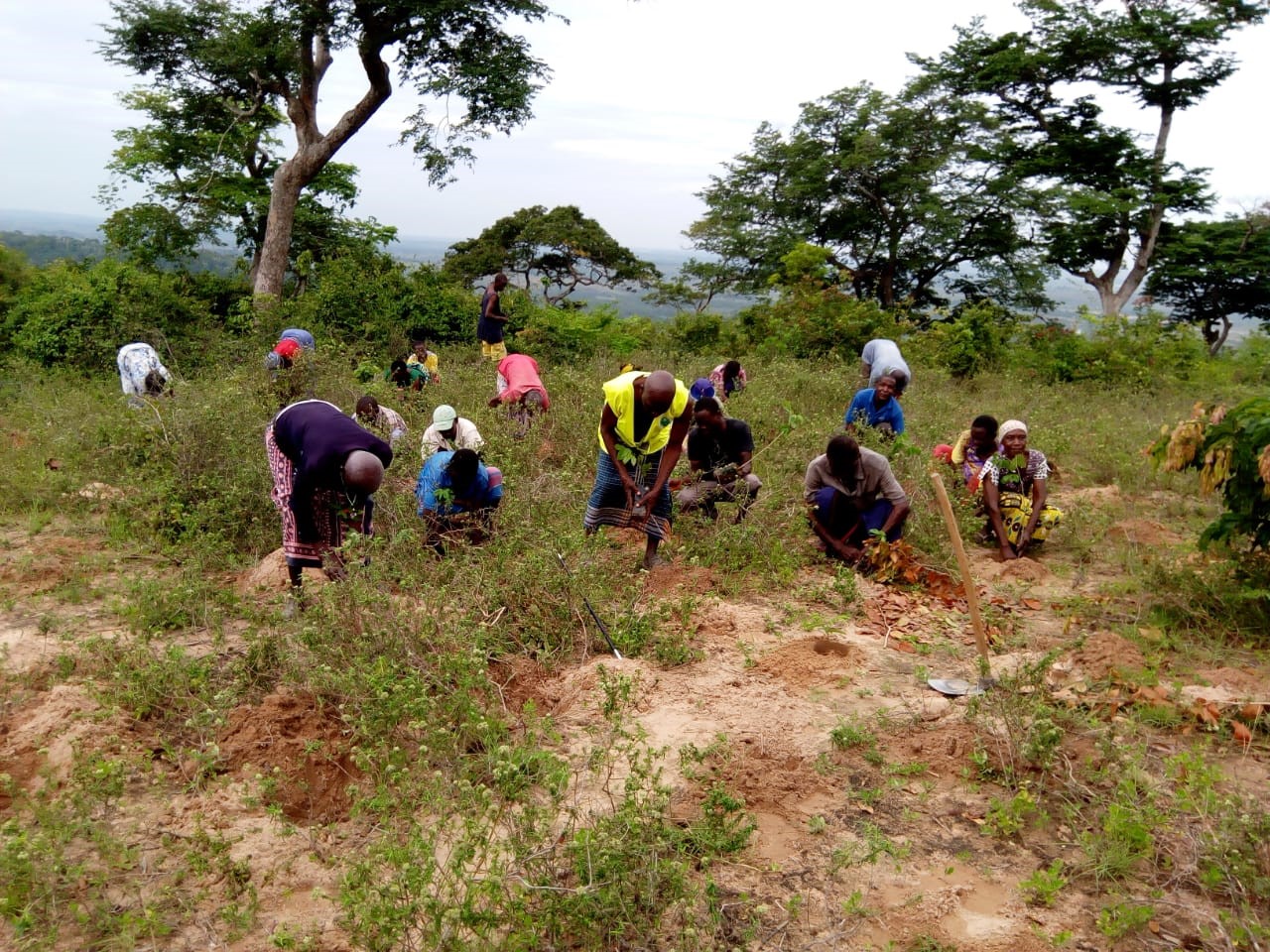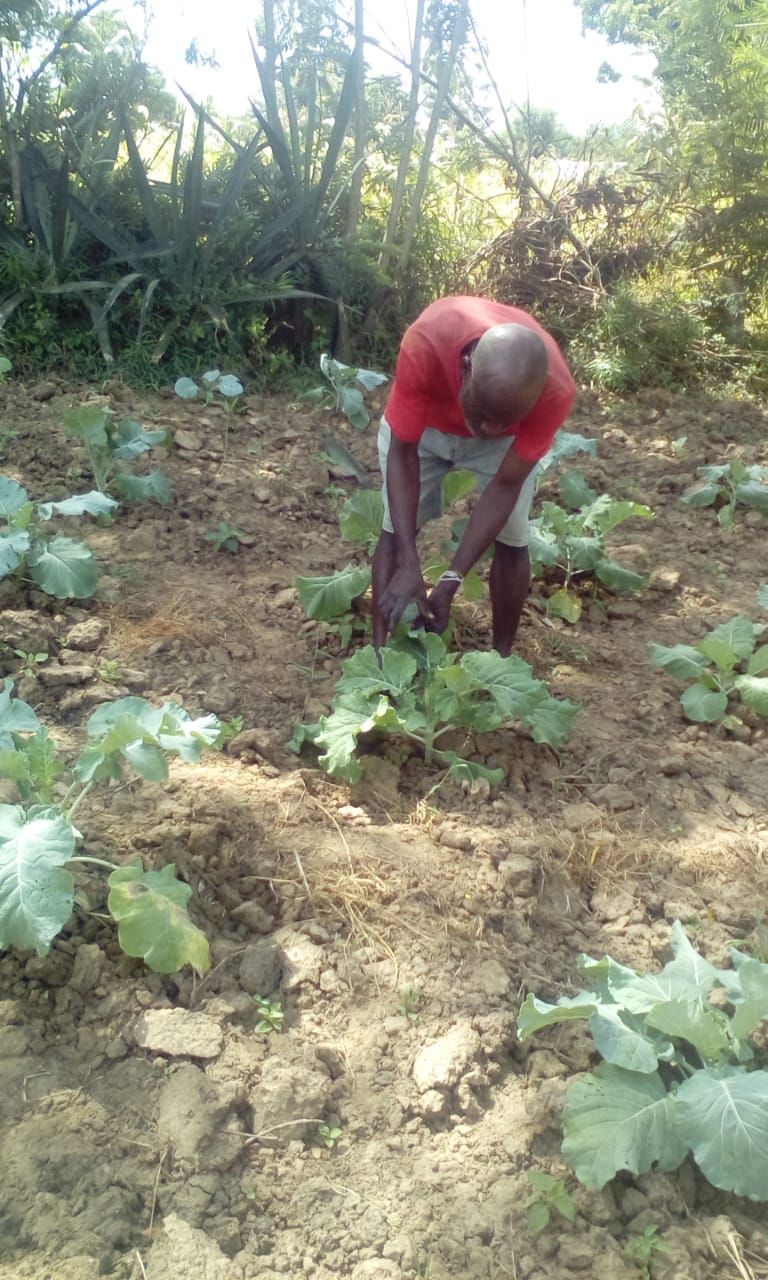In conversation with Rabai Cultural Village
Sitting along the southern coast of Kenya are the sacred Kaya forests of the Mijikenda tribes. Kaya, which means both home and sacred forests, are the focal points for Mijikenda religious beliefs and practices and are regarded as the ancestral homes of the different Mijikenda peoples. One such sub-group of the Mijikenda people is the Rabai. Environmentalists have often highlighted the key role of such indigenous communities in acting as guardians of forests– which not only store carbon but also contribute to food security. Due to the increasing demand for natural resources and a growing population, traditional knowledge has declined to conserve these forests in recent years. In addition, increasing poverty has led to the Kayas being under threat.
The Rabai Cultural Village (RCV) was registered as a Community Based Organisation (CBO) in 2013 and has a membership of about 1,500 people, a majority (80%) of whom are women. The main objective of establishing the cultural group was to preserve the cultural heritage of the Rabai community and conserve the adjacent sacred Kaya Mudzi Muvya forest. They encourage indigenous food systems and agro-ecological practices to protect and restore forests and promote the community’s well-being.
50by40 reached out to Mohammed Kadilo, Project coordinator, Lennox Ringa Mwabaya, Assistant Project Coordinator and Ambrose Kingada, Member at the Rabai Cultural Village, to understand the importance of traditional indigenous knowledge in reducing the use of animal agriculture, especially in countries from the Global South where factory farms are taking root at a rapid pace.

Tell us more about the Rabai Cultural Village.
Lennox: Rabai Cultural Village works on various social issues, but some of our main work revolves around restoring and rehabilitating the Kaya forest. We work on creating nurseries with indigenous plants that can help their rehabilitation. With the help of our field extension officers, these plants and crop seeds are distributed to the farmers and community to encourage them towards embracing indigenous foods. Rabai Cultural Village also serves as a platform for sharing information on traditional knowledge-based practices and agrobiodiversity conservation, thus strengthening the community’s cultural values of solidarity and collectivism.
How has climate change impacted smallholder farmers in Kenya, and how can indigenous knowledge on farming help in this regard?
Lennox: The Rabai community has started growing traditional crop varieties for their resilience to climate change. The main staple foods grown are maize, cassava and cowpeas. But this was not always the case. With the introduction of hybrid varieties, farmers had started shifting their production from traditional crops to hybrid ones in the hope of better returns. But they eventually realised that these varieties were not resilient to the recurring droughts that we face in this region, especially over the past few decades due to climate change. We at RCV, recognise that bringing back indigenous foods can be the core of solving this issue which affects the environment and our farmer’s livelihoods.
Ambrose: With increasing awareness, farmers have now started to realise that the hybrid varieties are susceptible to pests and diseases, cannot tolerate recurrent droughts, and need high input for production, which they could not afford. Farmers have started growing more indigenous varieties that are more resistant to pests and diseases, tolerant to drought, and economically viable.
We have trained farmers to better understand indigenous foods and develop plant-based recipes using Chishombo, Zunga, Munawoo, Millets, Sorghum, and other traditional crops. For these pieces of training, we bring in our Agriculture Extension Officers and indigenous people who have expertise in the traditional agricultural practices and recipes.

How does the Agro-Biodiversity Programme under RCV seek to transition back to indigenous diets?
Lennox: Traditional knowledge is important because it is strongly intertwined with agrobiodiversity conservation and related climate change adaptation strategies which are key for achieving sustainable development. We are working on various projects under RCV for agrobiodiversity conservation, of which one is the Agrobiodiversity and Eco-tourism programme. Our main goal is to revive the indigenous food system in the community and the cultural values. We do this is through bridging the gap between intergenerational knowledge the following approaches:
- Recipe knowledge transfer from older people to younger generations – With growing urbanisation, the gap between generations is increasing rapidly. At RCV, we are trying to bridge this gap and bring traditional indigenous knowledge to the youth of our community by providing them with information on traditional food recipes for healthy and holistic living. With most indigenous recipes being plant-based, this also helps shift from the growing animal products consumption due to urbanisation. Festivals and ceremonies organised in the villages every few months provide promising avenues for intergenerational knowledge transfer on cultural values and practices from the older to the younger generation.
- Eco-tourism – The unique nature of Kaya forests and the associated cultural heritage are key attractions to both domestic and international tourists. RCV has tried to tap this opportunity to create awareness around the traditional practices and indigenous foods of the Rabai community and generate an alternate source of livelihood for the locals through this ecological and culture friendly tourism.

Have you encountered any hindrance in convincing people to adopt sustainable farming practices?
Lennox: The hindrance majorly occurs due to urbanisation and aspects of modernisation that have taken roots in the community and talk about moving away from indigenous practices. The youth are now becoming quite removed from agriculture and farming, especially our traditional farming practices. They have started taking more interest in city life and are opting for off-farm income activities and regularly consuming factory-produced or processed food items.
Many foreign companies have increasingly started to set up their base in African countries, including setting up factory farms. Our youth see these as lucrative opportunities for livelihood. It is definitely a barrier to understanding the repercussions of such practices. These are harmful to the environment and detrimental to their health. We hope that our programmes can raise awareness and bring change in the near future.
The deterioration of social capital is another challenge. The younger generation is less interested in rituals since they are disconnected from the village elders. Most of the government schemes promote products from packed food companies. This, coupled with the influence of social media and urban migration, are some of the challenges of indigenous food systems that we are currently facing.

What are your future plans for Rabai Cultural Village?
Ambrose: We are very excited about our Adopt a Tree Programme which will begin in 2022. It is a step forward for community-based farming. We are starting a campaign to encourage each family in ten villages adjacent to the Kaya forests to adopt a Moringa tree and plant it in their backyard. Our vision is that every home should have at least one Moringa tree. RCV will be providing the plants free of cost to all the families while also making them aware of the benefits of adopting indigenous farming practices and their impact on restoring agro-biodiversity. We have chosen this particular tree given its multiple benefits. It is not just nutritionally rich, but every single part of the tree can be used for consumption- right from the fruit to its roots. Moringa also helps in cleaning water from the ponds.
We are also working towards managing the farmlands in the most sustainable way possible. Climate change impacts include erratic rainfall followed by periods of drought. Rainfall results in the lands being covered with green shrubs and a few vegetables that only do well during these rains. We have started to focus on storing these so they can be used during periods of drought when there is a shortage of food. Through our Food Conservation and Storage programme, we want to decrease animal consumption and reduce poverty levels in the region by making people self-sufficient.
We want to work on in-depth research projects which capture the essence of our work at RCV and the outcomes of our programmes. There are a lot of learning opportunities that emerge while working with the community, and we would like to document those and share them with a broader audience. One such aspect is the role of women and youth participation in enhanced biodiversity conservation and sustainable food systems.

How can 50by40 support you in furthering your vision?
Mohammed: We are currently seeking funding for our programmes. We have multiple ideas to expand our existing programmes and start new ones to revive indigenous food systems. Our main hindrance is the lack of funding avenues that can enable us to implement these programmes. Through 50by40, we hope to reach out to organisations and funders looking to support community farming to revive indigenous food systems and transform the global food systems further.
Since RCV’s inception, we have partnered with several organisations, including Kenya Forestry Research Institute, National Museums of Kenya, Kenya Forest Service and the County government of Kilifi, in implementing various conservation and livelihood projects such as forest restoration, the establishment of indigenous tree nurseries, and preservation of indigenous food. You can read more about our work here.



